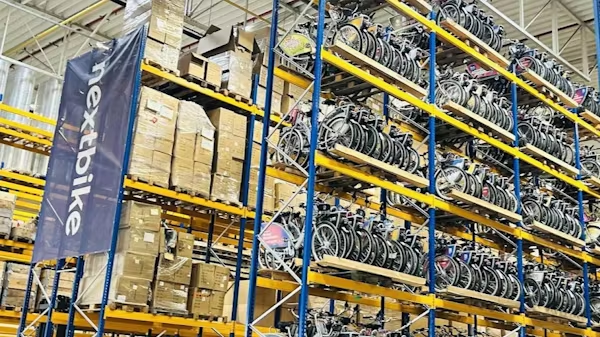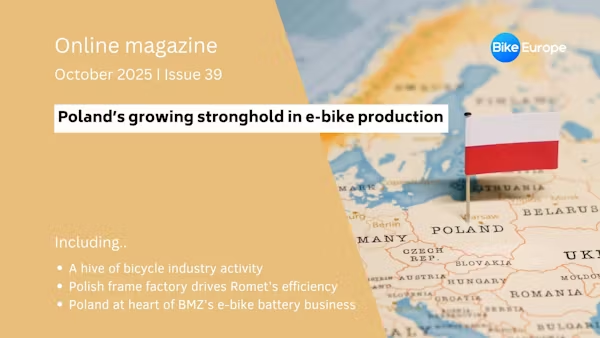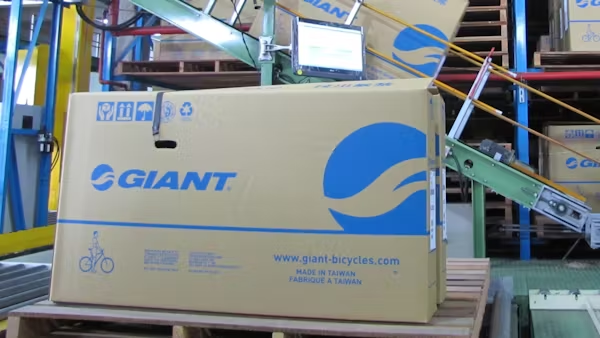Navigating the New Normal: Understanding the General Product Safety Regulation for Cyclists
As the cycling world adjusts to new regulations, the introduction of the General Product Safety Regulation (GPSR) on December 13, 2024, has left many bike enthusiasts with questions. While this sweeping legislation aims to enhance safety standards across Europe, it has also opened up discussions about its implications on cycling products and the industry at large. Let’s dive into what the GPSR entails and how it affects you as a cyclist.
The Basics of the GPSR: What You Need to Know
The General Product Safety Regulation is designed to ensure that products sold within the EU, including bicycles and cycling accessories, meet stringent safety standards. This regulation is a significant step towards protecting consumers from potential hazards. However, its complexity has given rise to uncertainties, particularly regarding implementation.
Notably, the GPSR establishes a clear framework for manufacturers, importers, and retailers, placing a responsibility on them to ensure their products comply with safety measures. This could mean rigorous testing and assessment processes for new bicycles and gear, creating a safer biking experience for everyone. Yet, the lack of specific guidance from the European Commission has led to confusion about which products need testing and how existing stock will be managed under the new regulations.
Ambiguities and Concerns: What’s Still Unclear?
Despite the intention behind the GPSR, many industry insiders express concerns about the ambiguities within the regulation. Gaps and loopholes can lead to inconsistencies in how safety is evaluated and enforced. Smaller bike shops, in particular, may find it challenging to navigate the new landscape, as they may lack the resources to conduct extensive safety assessments.
This raises an important question: how will these regulations impact the innovation of cycling products? Will manufacturers shy away from developing new technologies due to fears of compliance? It’s crucial for consumers and industry advocates alike to press for clarity in the GPSR’s implementation so that all cyclists can benefit from safer, high-quality products without stifling creativity and competition in the cycling market.
A Path Forward: Advocating for Clarity
As cycling enthusiasts, it’s vital to stay informed and engaged in these discussions. Following updates from the European Commission and participating in forums can help voice concerns and push for clarity. Manufacturer transparency about compliance with the GPSR will also empower consumers to make informed choices when purchasing bikes and accessories.
From my perspective, weighing the importance of safety against innovation is paramount. While the GPSR aims to protect us as cyclists, we should advocate for regulations that don’t hinder the creativity that has fueled the development of cycling as a sport and a way of life. Before making any purchases, consider checking for certifications that demonstrate compliance with safety standards.
Conclusion: A Safer Cycling Future Awaits
As we await further guidance on the GPSR, it’s essential to recognize the potential benefits that these regulations can bring to the cycling community. By fostering a dialogue around safety and innovation, we can help ensure that biking not only remains enjoyable but also evolves into a safer activity for all. Stay tuned, stay informed, and let’s pave the way for a brighter, safer future in cycling together!
Original article: Click here











